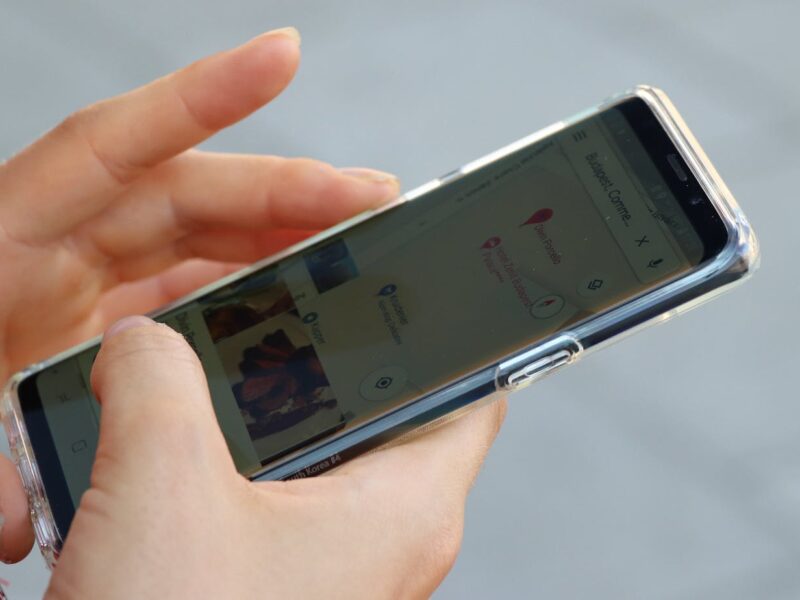Table of Contents
Behavioral design is the art and science of using design elements to influence behavior and decision-making in individuals. This concept draws from behavioral psychology, understanding how people make choices and what factors influence their actions. Historically, behavioral design has been used in areas such as marketing, architecture, and product development to guide consumer behavior in a way that aligns with business objectives. In recent years, its applications have expanded, influencing everything from the layout of workspaces to how technology and user interfaces are designed. By optimizing environments to align with human behavior, organizations can make processes more efficient, encourage better decision-making, and improve productivity. Whether it’s simplifying choices for customers or improving workflows for employees, behavioral design has become an essential tool for creating spaces and systems that work in harmony with human nature.
Observation: Behavioral design isn’t just about aesthetics—it’s about shaping environments that guide people toward better, more efficient decisions. When applied thoughtfully, it can help streamline processes and foster positive behavior, making tasks easier and improving outcomes for individuals and organizations alike.
Understanding Behavioral Design
Behavioral design uses principles from psychology to shape how people make decisions and interact with their environment. It’s all about understanding human behavior and creating systems or spaces that guide people toward desired actions. Whether it’s the layout of a website, the arrangement of products in a store, or how a company designs its internal processes, behavioral design seeks to influence choices without force. For example, by placing healthier food options at eye level, people are more likely to choose them. Similarly, using clear visual cues or reducing the number of choices can help reduce decision fatigue. Behavioral design is not about manipulation; it’s about making it easier for individuals to make choices that benefit them, whether those choices are related to their health, finances, or daily routines. It’s an increasingly powerful tool for improving efficiency, reducing mistakes, and encouraging good habits.

Impact On Decision-Making
Behavioral design significantly influences how people make decisions by streamlining the process and reducing friction. By understanding how individuals process information, designers can create environments that guide people to make better choices, often without them even realizing it. In business, this approach helps simplify complex decision-making processes, leading to more efficient outcomes. For instance, a company offering NSA Storage tailored storage services can apply behavioral design by organizing storage units in a way that is intuitive for customers, making it easier for them to choose the right size unit quickly. By reducing the number of choices or providing clear, straightforward instructions, the company can help customers make decisions faster and with less stress. The same principle applies in other areas, such as website design, where simplifying navigation and reducing the number of options can lead to higher conversion rates. Behavioral design also works in improving decision-making by reducing biases. For example, providing customers with relevant information at the right moment can help them avoid making hasty or poor choices. With thoughtful design, businesses can influence behavior in a way that benefits both the customer and the organization, ensuring decisions are made more effectively and efficiently.
Facts: Studies show that people tend to make faster, more accurate decisions when the environment is simplified, with one study finding a 30% improvement in decision-making speed by reducing cognitive load in product selection.
Boosting Efficiency Through Design
Behavioral design not only improves decision-making but also plays a critical role in boosting efficiency. By organizing spaces, products, and processes in ways that align with human behavior, businesses can reduce unnecessary effort and increase productivity.
A few strategies to boost efficiency through behavioral design include:
- Simplifying processes to minimize steps and reduce errors.
- Using visual cues to guide people naturally toward the desired action.
- Reducing distractions by creating focused, organized environments.
These strategies help individuals navigate tasks with less mental effort, speeding up processes and making everyday operations more efficient. By aligning design with the natural flow of work, companies can optimize performance, minimize errors, and create a more effective work environment. Whether in retail, workplaces, or digital interfaces, good design can lead to smoother, faster operations.
Designing For Habit Formation
One of the key aspects of behavioral design is its ability to influence habit formation. By creating environments or systems that guide people toward consistent behavior, designers can help individuals form positive habits that benefit their productivity and well-being. Habit formation is powerful because once a behavior becomes automatic, it requires less mental energy, allowing individuals to accomplish tasks with greater ease. For example, a fitness app may use behavioral design by sending notifications at the same time each day to remind users to exercise, gradually creating a routine. Similarly, companies can apply this concept to workplace productivity by designing systems that encourage regular breaks or set reminders to stay on task. The goal of habit-forming design is to reduce friction and make the desired behavior easier and more consistent. The impact of these habits can extend beyond the immediate environment, influencing overall efficiency and long-term success. Whether it’s using visual triggers or structuring processes to make tasks more intuitive, effective design can turn desired behaviors into automatic actions, enhancing both individual and organizational productivity.
Research: A study by the American Psychological Association found that people are 30% more likely to maintain a new habit when it is linked to a consistent, visual cue, highlighting the importance of strategic design in supporting behavior change.

Real-World Applications
Behavioral design is applied in many industries to improve efficiency, productivity, and decision-making. Different approaches to behavioral design include simplifying choices, creating intuitive user interfaces, and providing visual cues to prompt actions. A simplified approach, where only a few choices are presented to users, can reduce decision fatigue and make decision-making faster. On the other hand, a more comprehensive design that offers multiple choices allows for personalization but can lead to overwhelm if not managed carefully. A well-executed intuitive design provides a seamless experience, but it may require more upfront investment in research and testing to ensure it works as intended.
Case study: A popular online retailer applied behavioral design to their website by streamlining the checkout process. By reducing the number of steps and presenting fewer, clearer choices to users, they saw a 15% increase in completed purchases. The company also integrated social proof, showing reviews and ratings, which nudged customers toward making faster decisions. This case illustrates how thoughtful behavioral design can improve both the user experience and business outcomes by reducing complexity and fostering faster decision-making.
The Future of Behavioral Design
The future of behavioral design is filled with exciting possibilities as technology continues to evolve. With advancements in AI and machine learning, systems will become even more personalized, adapting to individual behaviors and preferences in real time. As organizations embrace these technologies, they can create even more efficient, user-friendly environments that support long-term habit formation. By incorporating deeper insights into human behavior, businesses will be able to make their processes more intuitive, improving decision-making and overall efficiency for both employees and customers.






